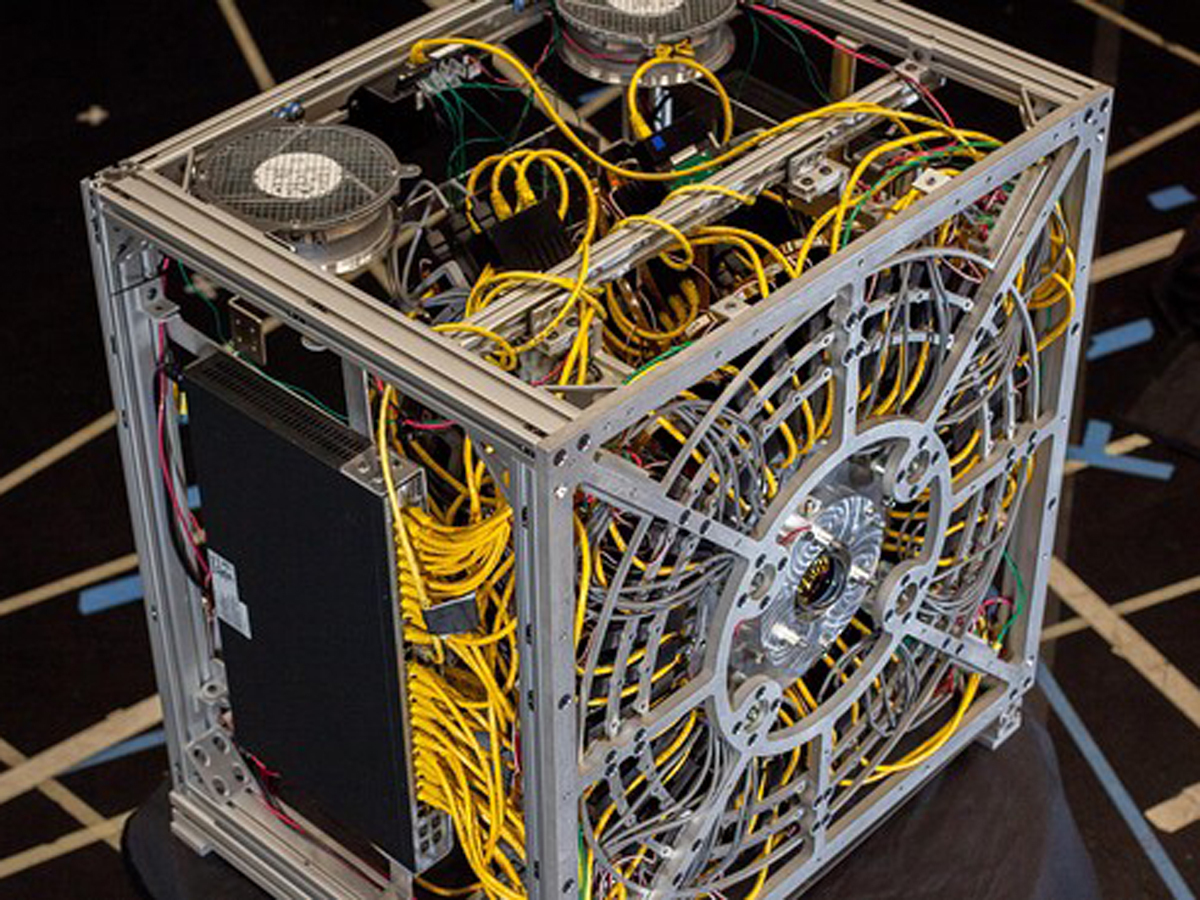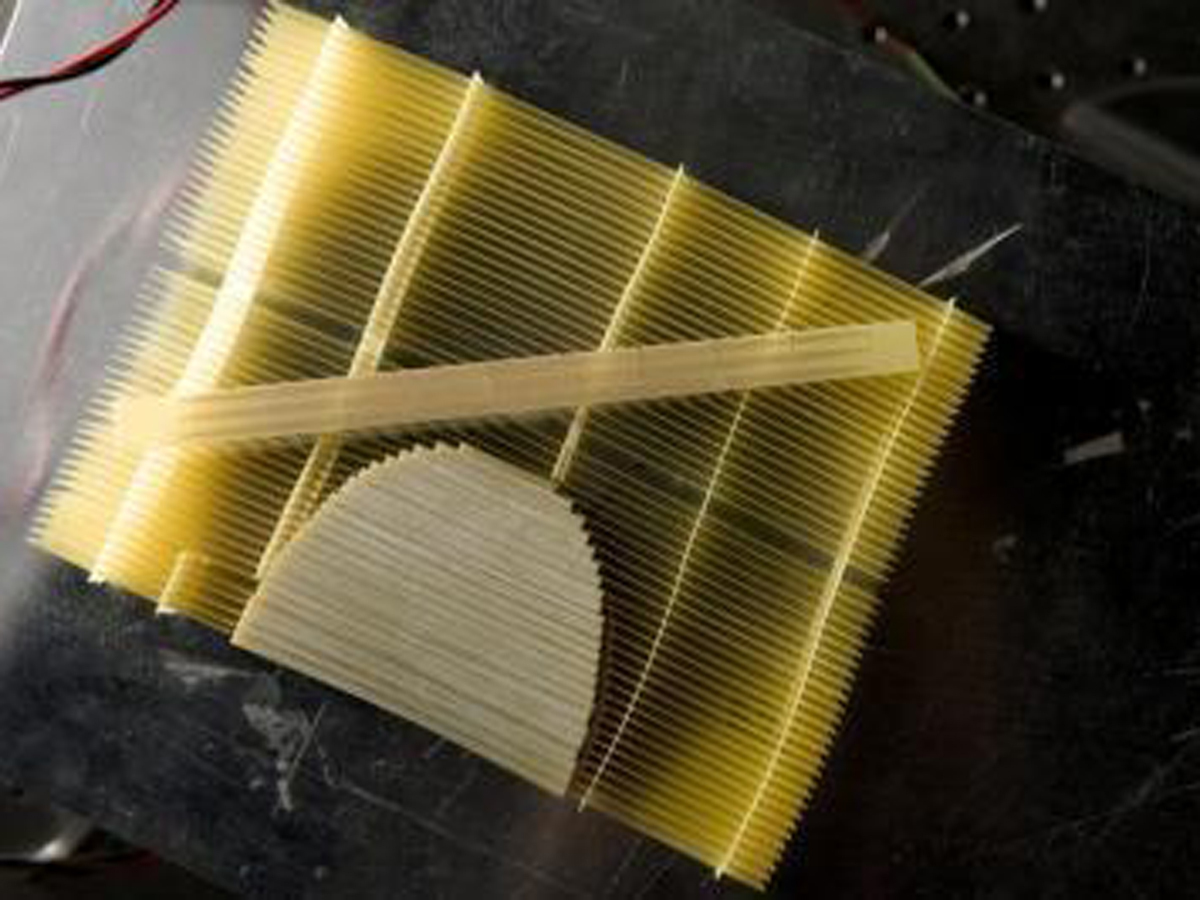The future of photography – what’s next for cameras
We take a look at the new technologies that are set to change the face of photography – say cheese!

AWARE2 gigapixel camera
Sure, this prototype snapper might be a little bulky right now. But with a 50 gigapixel – that’s 50,000 megapixel – capability thanks to its 98 tiny cameras, this is the future of all-seeing photography. It’s currently being developed for military surveillance – which means lots of money is being thrown at it. With any luck we’ll be snapping in the gigapixel spectrum from our phones in the coming years.
Source: BBC
Camera Futura with WVIL lens
The Wireless Viewfinder Interchangable Lens (WVIL) system might only be a concept, but it’s such a great one we want it in our hands now. The Artefact design team have come up with a lens that works independently of the camera, latching on using magnets and transmitting images and controls back and forth wirelessly. Imagine a lens in your bag you can snap onto your smartphone to turn it into an SLR quality snapper, while extending the battery with its own power supply. That’s the future of photography.
Source: Artefactgroup.com
Lensless image sensors
All hail metamaterials, the God-like bringer of future gadgets. Metamaterials have properties that are purposefully designed rather than determined by their chemistry – but what does that mean for cameras? Engineers at Duke University have created an imaging sensor that uses a metamaterial mask to compress an image as it’s being collected, rather than afterwards, as digital cameras do. Okay, at the moment it can only capture microwaves and infra-red, with applications including security scanners and collision detection systems. But if the super-slim sensor technology can be adapted to visible wavelengths, it could mean cameras with faster on-the-fly image processing and effects, plus more shots in burst mode.
Source: BBC
One trillion FPS camera
The MIT Media Lab has developed a camera that can capture video at an astonishing one trillion frames per second. That’s fast enough to capture photons moving, and chemical reactions as they take place. Scientists now hope to use the technology to unpick the secrets of previously elusive mysteries like photosynthesis, which takes place on a scale of nanoseconds. No self respecting lab will be without one of these – just don’t expect to see it in your smartphone any time soon.
Source: Bigthink
Curved sensors
Those wonderful white-coated men and women of science have managed to created curved image sensors in the lab. That means we’re a step closer to cameras that work like the human eye, improving the sharpness in the corners of a captured image. Curved sensors could also make for smaller camera lens sizes – and with patents for curved sensors from both Sony and Nikon, we could be seeing cameras packing this tech sooner rather than later.
Source: Ubergizmo
You might also like
1.8 gigapixel ARGUS camera unveiled by DARPA













